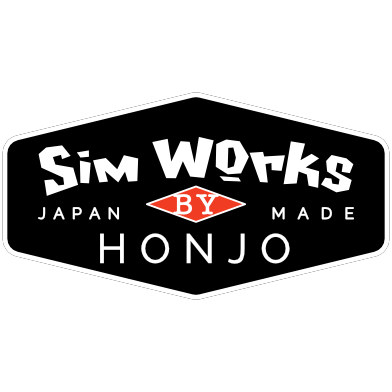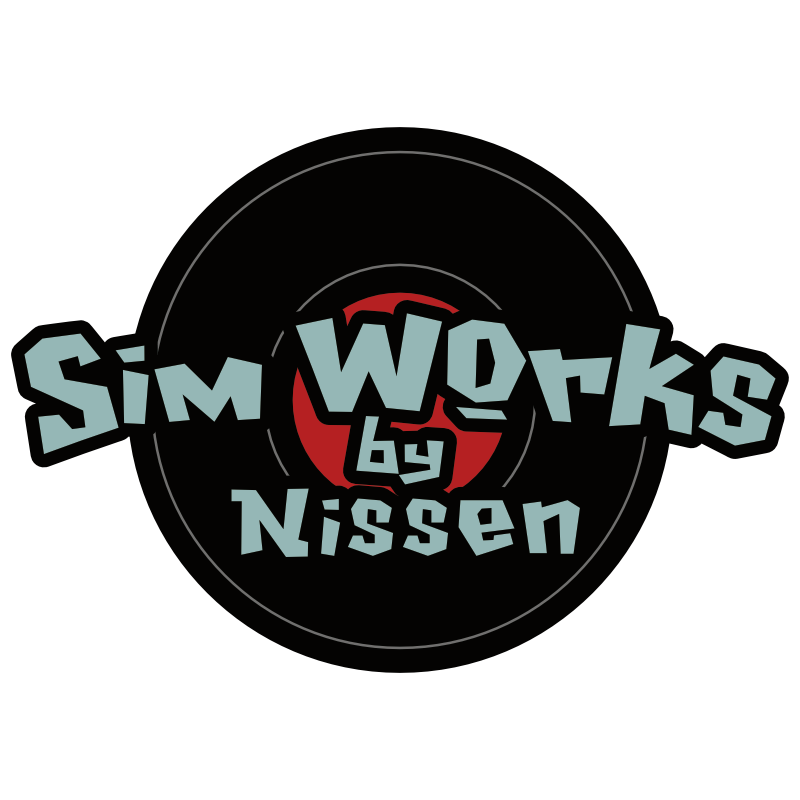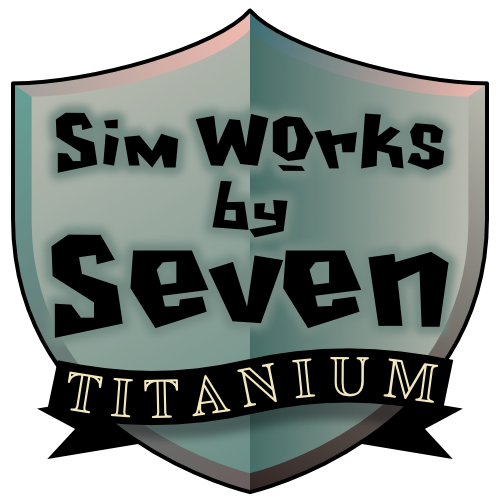【Safety Advisory】SimWorks by Panaracer Tire/Rim Compatibility concerns

Tubeless ready and tubeless compatible tires have become increasingly popular in recent years, but as they become more common, the “tubeless tire outburst problem” has become more pervasive for us as service providers.
A tubeless tire outburst is a phenomenon in which a tire comes off the rim with a loud explosive sound when the rim exceeds the limitations of securely holding the tire bead. It may occur while inflating the tire with a pump, etc., or it may occur while riding- and in the latter case, it is an extremely dangerous occurrence that may lead to a serious accident resulting in injury, or worse ….
We at SimWorks, sell tubeless compatible tires jointly developed with Panaracer, so we may receive inquiries and claims about this issue from our customers. Panaracer fields their fair share of these correspondences as well. In addition, there are articles and blog entries of tire manufacturers and other companies that detail the problems and cautions, as well as the advantages of running tubeless setups – which is a concerning problem for people in the industry- particularly those involved in tire sales. It has gradually become clear that the problems with tubeless specifications are endemic in the industry.

The fundamental problem with this tubeless tire outburst is the “compatibility” factor, and most people will often assume that the tire is faulty when the outburst occurs, but the tire is generally within spec.
Compatibility is a root problem, thus it is not necessarily a faulty tire or a bad rim- it’s a mismatched combination of the two . This conflict in compatibility can occur even if both the rim and the tire claim “tubeless support.“
It has become clear that the bicycle industry has not been able to define its own standards for tubeless tires.
There are two main standards for the structure and shape of bicycle tires and rims. It is a standard set by ISO (International Organization for Standardization) and ETRTO (European Tire and Rim Technical Organization).
Bicycle parts are designed and manufactured based on these standards, so even if parts from different manufacturers are combined, they can be used without problems.
However for tubeless tires, this standard has not existed for very long. (ETRTO has set a standard for tubeless rims earlier this year and has finally entered the next term, that is, the ball is now in ISO’s court.)
However, what we are seeing is that each company develops and designs its own tires and rims, conducts its own tests, and those products are deemed “tubeless compatible products”. From the user’s point of view, if both the rim and the tire are tubeless, it is reasonable to think that they can be used in combination. We believe this is the cause of the confusion.
Panaracer- which Simworks contracts to produce our tires- manufactures tires based on ISO tubed tire standards, and in combination with rims that also meet ISO standards. This combonation can also be designated as a tubeless specification (= tubeless convertible). As mentioned above, ISO does not yet have a standard for tubeless specific tires, so the current situation is that it is manufactured in accordance with the standard for bicycle tires that use tubes.
For reference, the table below shows the combinations of SimWorks by Panaracer tires and recommended rims.

Whenever we encounter a tire that has exploded or has come off, we always check what rim was spec’d. And almost all of them do not have the above structure- that is, they use rims with a specification that do not meet the ISO standard.
In fact, many rims with tubeless specifications have a structure that does not meet the ISO standard. And it turns out that most of the time it’s not known to customers or even bike shops.
Tubeless compatible rims may have a unique structure such as no bead hook (hookless) or small hooks, but rims with low sidewalls (G height in the above figure) require special attention . The rims used in the outbursts we received were all low sidewall models.
Manufacturers may design lower sidewalls to reduce the risk of rim hits when riding tubeless, especially at low pressures, which is certainly an advantage- depending on the tire choice, before reaching the manufacturer’s maximum air pressure. There have been cases in which the tires suddenly “burped” or came off while riding.
Users who have decided to operate tubeless should select the appropriate rim while being aware of the reference values in the figure . Do not inflate the tire above the maximum pressure indicated on the side of the tire.
In addition, many tubeless rims currently manufactured are not manufactured in conformity with ISO standards, and as a representative, it can be said that hookless rims have been increasing in popularity in recent years. However, even non-ISO compliant hookless rims have great advantages- rooted largely in their predominately carbon construction- which means that rims can be manufactured within extremely accurate reference values. By combining tubeless rims manufactured with more correct values with tubeless compatible tires based on the correct values , tubeless tires can be operated more safely.
There is currently no way to completely prevent events such as tire outbursts or accidents caused by them, except for users and bicycle shops to acquire the necessary knowledge, and to error to the side of caution. Therefore, I would like to show you what I would like you to understand again below, so if you are thinking of using tubeless tires, please remember it and ensure your safety.
1) Panaracer, which manufactures Simworks tires, designs and manufactures tires based on ISO standard values. At present, there is not an ISO standard for tubeless tire and rim compatibility
2) Many rims exist in the marketplace that deviate from ISO standard specification. These rims may be designated as tubeless compatible, but are not necessarily compatible with Simworks tires in a tubeless configuration.
3) Improperly combining rims and tires that are not compatible can result in extremely hazardous conditions.
consult with knowledgeable and reputable sales and service professionals when making decisions regarding component compatibility. And when in doubt- error to the side of caution.
4) Know the correct air pressure and never exceed the maximum air pressure
(Be sure to check the proper air pressure on the side of the tire, and always ask the manufacturer if you do not know the acceptable range.)
Again, the current tubeless ready and convertibles have come to the point where committed users have managed to put them to practical use by repeating their wisdom and ingenuity, but there are safety standards set by the industry to consider. These are in flux. Therefore, tubeless operation still has the aspect of using at your own risk. There are many benefits, and off-roaders should still find tubeless operation attractive. Therefore, if you are considering using SimWorks tubeless convertible tires tubeless, please refer to the chart above to select the correct rim and keep your tires properly inflated.
Thanks so much as always for your support, understanding and respect in heeding these recommendations. Ultimately, we have the safety, well-being and best interest of our customers in mind.
For inquiries about SimWorks by Panaracer, please click here .











